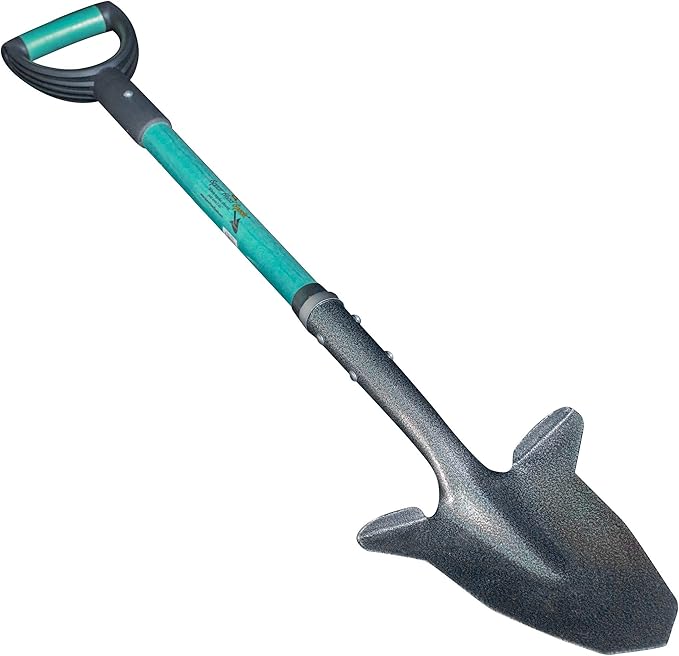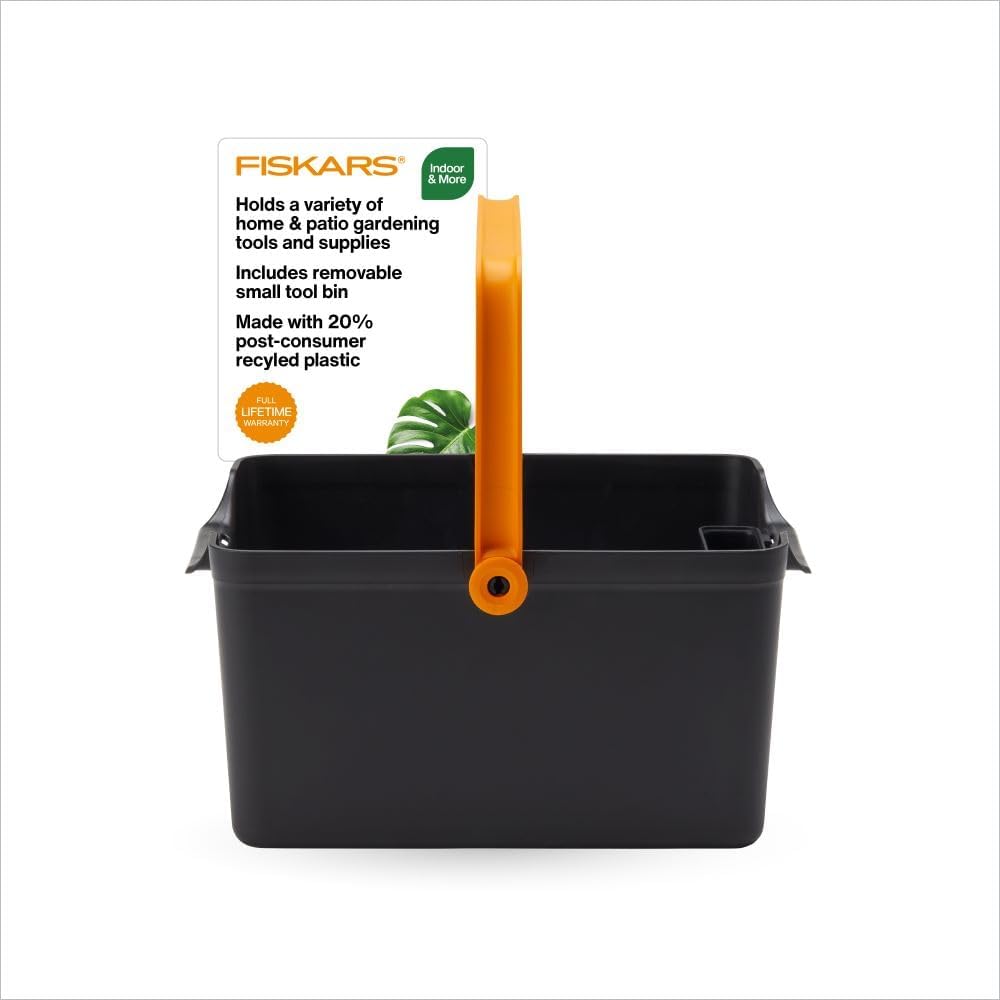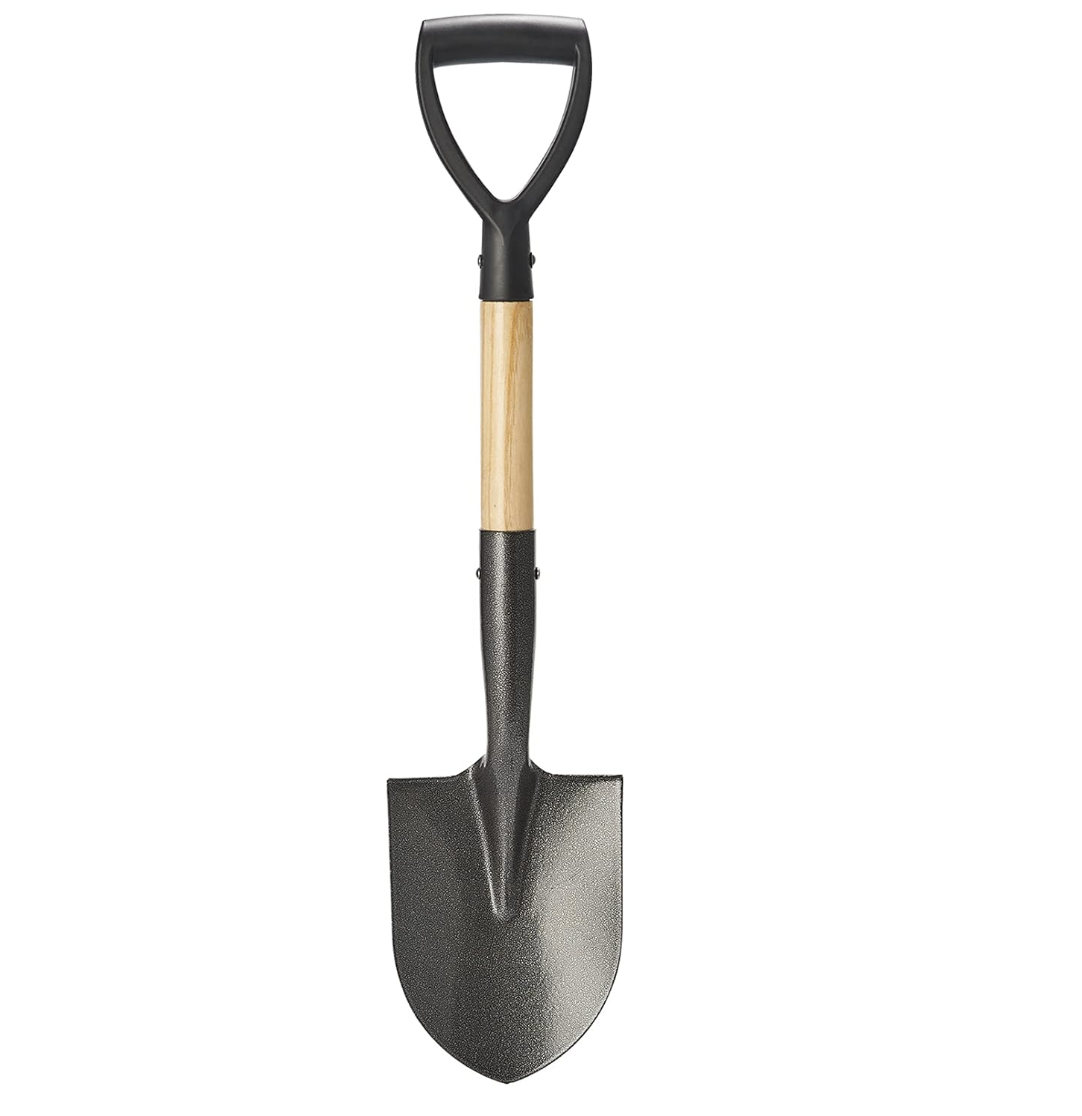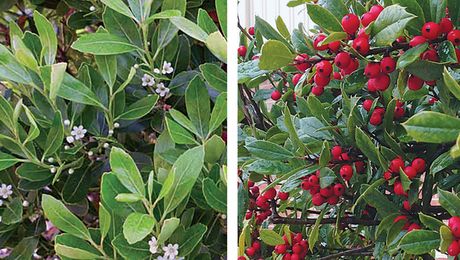

This garden is a classic case study in taking full advantage of microclimates and filling them with a seemingly impossible array of diverse plants. The front garden faces east and is bisected by a low stucco wall that creates a sense of enclosure. Most of this area is in full view of passersby. The back garden ranges from cool and shady to a roasting south slope, with multiple zones in between.
Outside the front wall – Hot, sunny, no irrigation



The terra-cotta hardscape and plants like yuccas (Yucca spp. and cvs., Zones 4-11) and lavenders (Lavandula spp. and cvs., USDA Hardiness Zones 5-9) give this area a southwestern feel. Plants growing here are primarily in full sun. They compete for moisture with roots from elm trees and receive only occasional deep watering.
North inside wall – Dappled shade



The plants here enjoy filtered shade, off and on, throughout the day. Canopy trees provide high dappled shade in the morning, some midday sun, and bright shade in the afternoon. This allows me to grow traditional perennials such as irises (Iris spp. and cvs., Zones 3-9), daylilies (Hemerocallis spp. and cvs., Zones 3-10), coneflowers (Echinacea spp. and cvs., Zones 3-9), and peonies (Paeonia spp. and cvs., Zones 3-8). Newer cultivars and less common specimens also abound.
Entire south side – Shady, cool, and moist



Trees, shrubs, and the neighboring house shelter the area and completely block the midday sun along the entire south edge of the property. This area stays wet after it rains, and holds snow for weeks at a time in winter. Two blue spruce trees (Picea pungens f. glauca, Zones 2-8) anchor the southeast corner of the garden. Heucheras (Heuchera spp. and cvs., Zones 3-8), hostas (Hosta spp. and cvs., Zones 3-9), hardy fuchsias (Fuchsia spp. and cvs., Zones 7-11), and ivy (Hedera helix cvs., Zones 5-11) thrive here.
Against south wall of house – Baking hot sun



This small area gets some winter shade but enjoys hot sun all summer. The heat reflecting off the walls keeps the soil warm, and the overhang keeps it dry most of the time. Figs (Ficus spp. and cvs., Zones 6-11), cacti, bird of paradise (Caesalpinia gilliesii, Zone 11), salvias (Salvia spp. and cvs., Zones 5-11), and yuccas love it.
Transition zone in back – Temperate, sun and shade



The area on both sides of the stream slopes gently and is primarily in full sun. Traditional sun-loving perennials thrive, along with choice selections like Berkheyas (Berkheya spp., Zones 9-11), red hot pokers (Kniphofia spp. and cvs., Zones 5-9), Oriental fountain grass (Pennisetum orientale, Zones 6-10), thyme (Thymus spp. and cvs., Zones 4-9), and countless others.
South-facing back slope – Hot, dry, sunny



As soon as the transition zone begins to climb upward, the south-facing slope conditions change dramatically. Only the toughest intermountain natives and desert- and Mediterranean-type plants thrive.
Narrow north strip – Full shade, cool



The ground is shaded all day, but plants that don’t mind reaching up for some light thrive, especially several hardy forms of bamboo. This creates a simple yet exotic walkway connecting the front and back of the property.
Fine Gardening Recommended Products

Spearhead Shade Gardening Shovel with Steel-Reinforced Fiberglass Handle
Fine Gardening receives a commission for items purchased through links on this site, including Amazon Associates and other affiliate advertising programs.

Fiskars Garden Tool Caddy with Removable Small Tool Storage for Indoor and Outdoor Gardening Use, Made with Recycled Plastic
Fine Gardening receives a commission for items purchased through links on this site, including Amazon Associates and other affiliate advertising programs.

Corona® Multi-Purpose Metal Mini Garden Shovel
Fine Gardening receives a commission for items purchased through links on this site, including Amazon Associates and other affiliate advertising programs.



















Comments
What amazing additions to gardens these stumperies provide! While I am using mapquest driving directions, old logs or root tangles in three of my beds, I never thought of composing them to create such wonderful focal points as these. Regarding termites, they are, of course, part of the normal decomposition of wood. They do need moisture daily, and tend to avoid wood like cedar, Osage orange, black locust and sassafras. The very oldest log I have, covered with moss, is cedar, and has no evidence of termites. It has been horizontal for over 30 years, but only the base is in contact with the soil. Hope this is helpful.
Log in or create an account to post a comment.
Sign up Log in